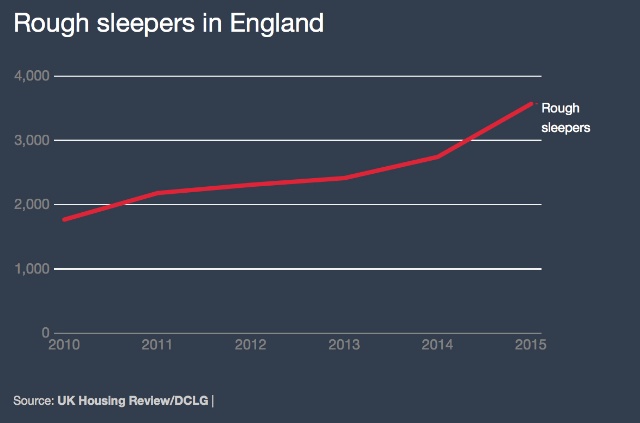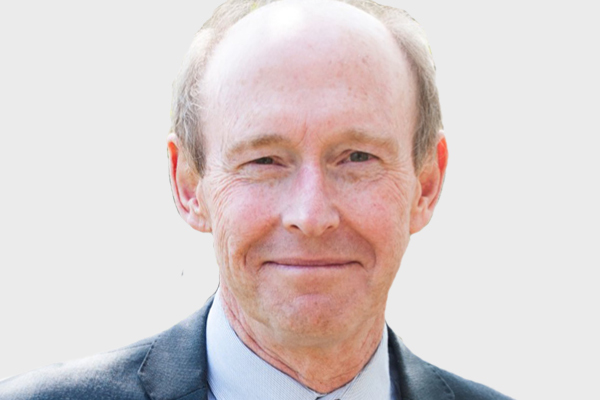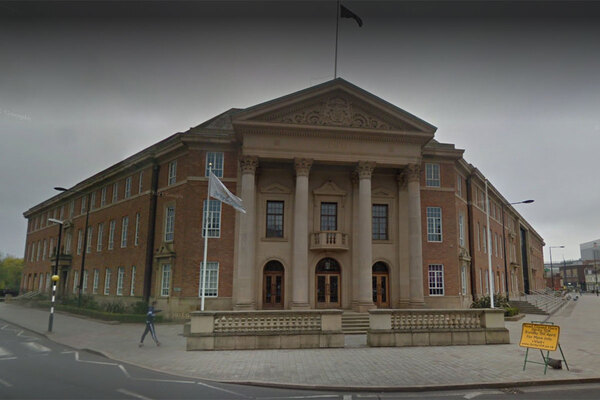You are viewing 1 of your 1 free articles
Why the parties should back Cathy at 50
As politicans hit the campaign trail, we illustrate a number of graphs showing why political parties should support our Cathy at 50 campaign to tackle rough sleeping and homelessness.
The campaign is calling for the government to end rough sleeping and to halve rough sleeping by 2020 as the first step to achieving this. It also aims to promote a wider debate about homelessness.
Cathy at 50 campaign aims:
- To launch a film competition to produce a finished work about homelessness or the impact of the housing crisis.
- Publish detailed research and stories from the frontline to mark the 50th anniversary of Cathy Come Home and promote a wider debate about the current homelessness crisis.
- Call for councils to explore Housing First as a default option for long-term rough sleepers and commission Housing First schemes, housing associations to identify additional stock for Housing First schemes and government to support five Housing First projects, collect evidence and distribute best practice.
- Call for the UK government to commit to ending rough sleeping and to halve rough sleeping by 2020 as the first step to achieving this.
The below graphs, taken from the Chartered Institute of Housing’s UK Housing Review, illustrate the scale of the problem.
1) The number of reported rough sleepers in official figures has doubled, from 1,768 in 2010 to 3,569 in 2015.
The real increase could even be bigger, as figures showed just 948 rough sleepers in 2007/08, although that figure was calculated under a different methodology.

2) And the problem is not confined to London. Every region of England (with the exception of the North East) has seen a rise in rough sleeping in the past couple of years.
3) The number of homeless people in temporary accommodation in England is also on the rise…
4) …although the figures for Scotland and Wales (areas where housing and homelessness is devolved and therefore less directly affected by the general election) are steady by comparison.
5) The loss of a private dwelling is now the most common reason for a person becoming homeless. Over the past few years it has overtaken other reasons, including relationship breakdown and family or friends being unwilling or unable to accommodate.
This should suggest to election candidates that insecure housing is part of the problem.
READ MORE ABOUT THE GENERAL ELECTION
Whoever wins in June, politicians will have to trust housing associations
Winning the election may prove easier than fixing the housing crisis
Election 2017: what are the housing battlegrounds likely to be?
Snap election ‘unlikely to halt bond deals’









